A hawk swoops down with deadly precision, talons extended toward an unsuspecting field mouse. An osprey plunges feet-first into water, emerging with a wriggling fish. These dramatic hunting scenes captivate our imagination, but they represent just moments in a raptor’s daily feeding routine. Birds of prey—including eagles, hawks, falcons, and owls—are nature’s specialized hunters, with diets and feeding patterns finely tuned to their environments. Their impressive metabolisms and hunting prowess have evolved over millions of years, creating efficient predators that help maintain ecosystem balance. Join us as we peek behind the beak to discover what these magnificent birds consume in a typical 24-hour period, revealing the fascinating nutritional needs that fuel their aerial mastery.
The Extraordinary Metabolism of Raptors
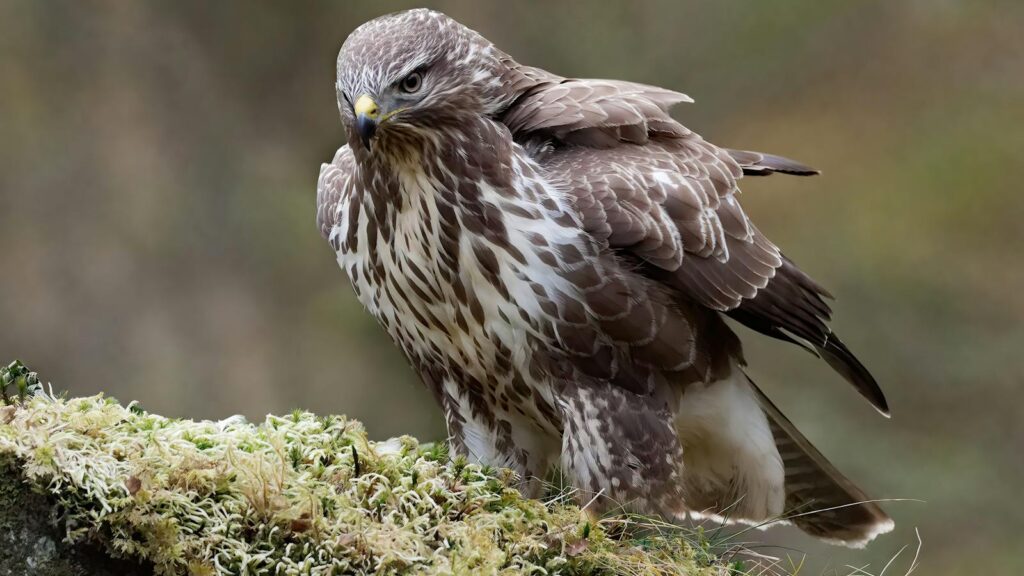
Birds of prey possess remarkably efficient metabolic systems that differ significantly from those of mammals of similar size. Their high body temperatures—typically ranging from 104-108°F (40-42°C)—require substantial energy input to maintain, especially during cold weather or breeding seasons. A medium-sized hawk might consume approximately 12-15% of its body weight in food daily, with smaller falcons sometimes requiring up to 25% of their weight. This efficiency allows raptors to process nutrients quickly, converting prey into energy for hunting, territory defense, and reproduction. During periods of abundance, some species can even consume larger meals and store fat reserves for leaner times, demonstrating remarkable metabolic flexibility.
Daily Caloric Requirements: Fueling Flight
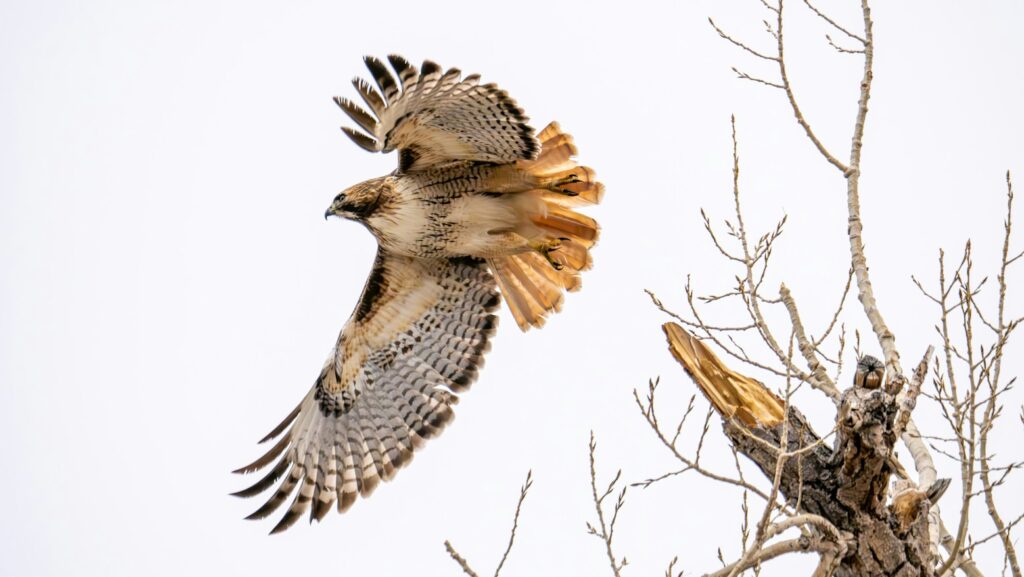
The energy demands of raptors vary dramatically based on size, activity level, and environmental conditions. A red-tailed hawk weighing approximately 2.5 pounds (1.1 kg) requires roughly 175-250 calories daily during normal conditions—equivalent to 2-3 small rodents. Eagles, with their massive frames, might consume 500-700 calories daily, often obtained through fewer, larger meals. Weather significantly impacts these requirements, with cold conditions potentially doubling caloric needs as birds burn energy to maintain body temperature. During breeding season, a female peregrine falcon feeding young might need to consume three times her normal intake to support milk production and maintain her own condition. These caloric demands explain why productive hunting grounds are so fiercely defended by territorial raptors.
Breakfast for Birds: Morning Hunting Patterns
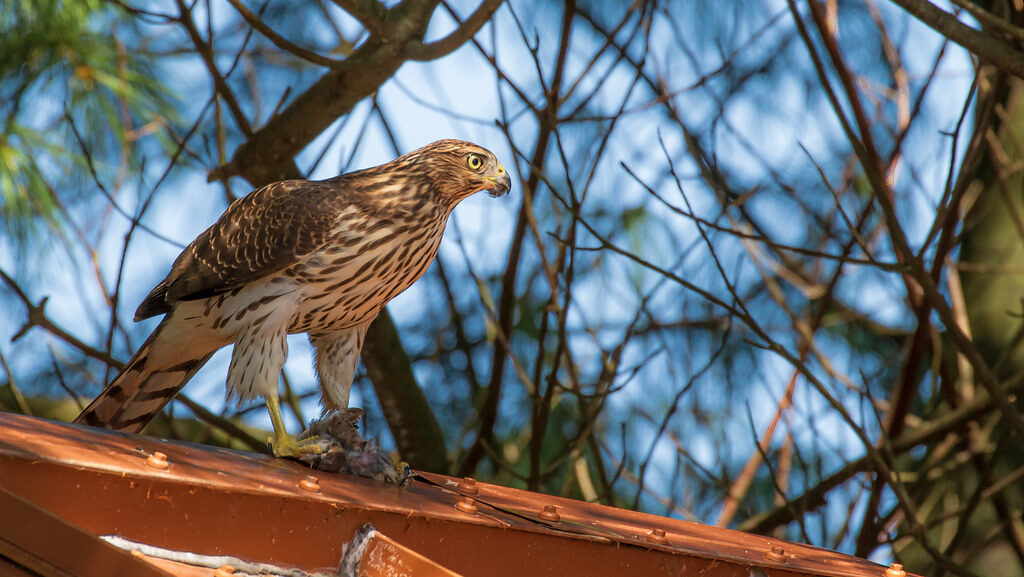
Many diurnal raptors begin their feeding day at dawn, taking advantage of prey animals that have been active overnight. Eagles and hawks often start with an early morning hunt, capitalizing on the first light when rodents may still be returning to burrows after nocturnal foraging. Species like the Cooper’s hawk frequently ambush songbirds during their morning feeding activities, when the prey’s focus on finding food makes them vulnerable. Osprey typically wait until slightly later, when warming air creates thermals that help them soar while scanning for fish near the water’s surface. This morning meal is crucial, as it replenishes energy depleted during the overnight fast and provides fuel for the day’s activities, including territory defense and nest maintenance.
Rodent Specialists: The Diet of Hawks and Small Eagles
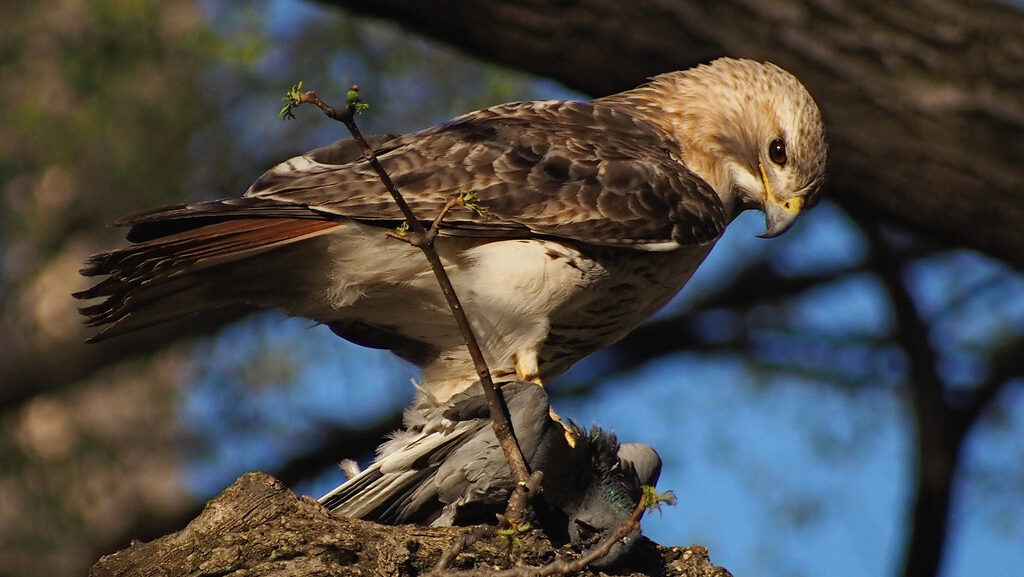
Medium-sized raptors like red-tailed hawks and buzzards specialize in capturing rodents, which provide an ideal balance of size, nutrition, and abundance. A single Buteo hawk might consume 3-5 mice or voles daily, equivalent to approximately 100-150 grams of food. These birds have evolved keen eyesight that can detect the subtle movement of a mouse from over 100 feet in the air, along with powerful feet equipped with specialized talons for grasping and killing small prey. The digestive system of these hawks is remarkably efficient, processing a mouse in just 3-4 hours and forming a pellet of indigestible fur and bones that is later regurgitated. Some species, like the red-shouldered hawk, supplement their rodent-heavy diet with amphibians and reptiles, especially during warmer months when these cold-blooded creatures are more active.
Fish-Eaters: Osprey and Fishing Eagles
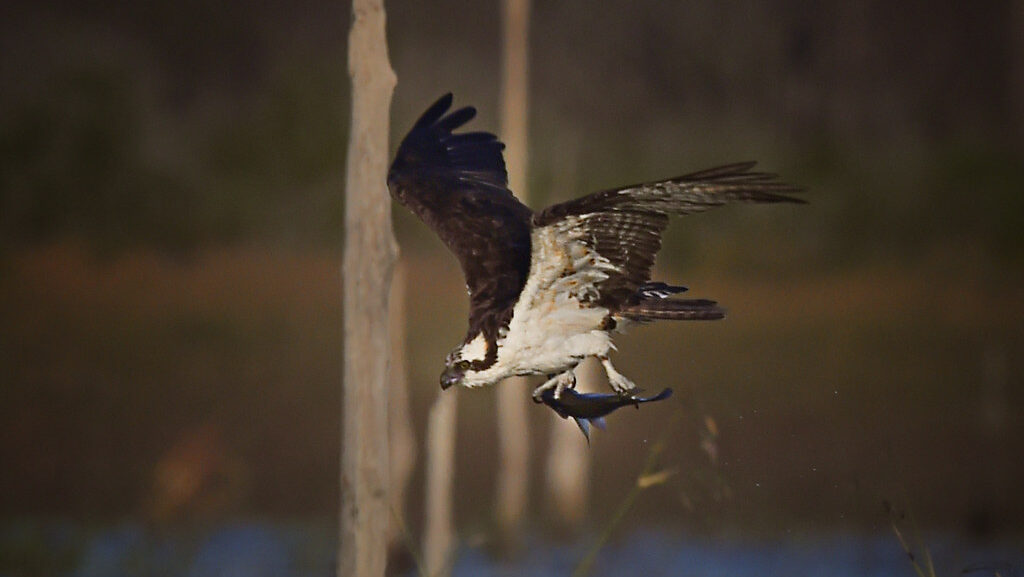
Specialized fishing raptors like the osprey and bald eagle have dietary requirements centered almost exclusively around aquatic prey. An adult osprey typically consumes 1-2 pounds (0.5-1 kg) of fish daily, usually captured in 2-3 successful hunting dives. These birds possess unique adaptations for their piscivorous lifestyle, including reversible outer toes for gripping slippery fish and special nasal valves that close underwater. Bald eagles, weighing up to 14 pounds, might consume a single large fish weighing 3-4 pounds, providing enough calories for nearly an entire day. Interestingly, these fishing specialists have digestive systems adapted to process the high oil content in fish, extracting maximum nutritional value from each catch. During nesting season, a pair of ospreys might bring 10-12 fish daily to their growing nestlings, representing an extraordinary biomass removed from aquatic ecosystems.
Speed Hunters: What Falcons Consume

Falcons, the aerial speed specialists of the raptor world, focus primarily on avian prey captured during spectacular high-speed pursuits. A peregrine falcon, capable of dives exceeding 200 mph, typically requires 2-3 medium-sized birds daily—such as pigeons, doves, or ducks—totaling approximately 300 grams of food. Their exceptionally high metabolism fuels their extraordinary flight capabilities but demands frequent hunting success. Unlike many other raptors, falcons tend to pluck most feathers from their prey before consumption, a behavior that reduces indigestible material and allows for more efficient processing. Smaller falcon species like the American kestrel concentrate on insects and small vertebrates, potentially consuming dozens of grasshoppers, lizards, or mice throughout a single day. During migration periods, falcons may increase their daily consumption by 30-40% to build fat reserves necessary for long-distance travel.
Night Hunters: The Unique Diet of Owls
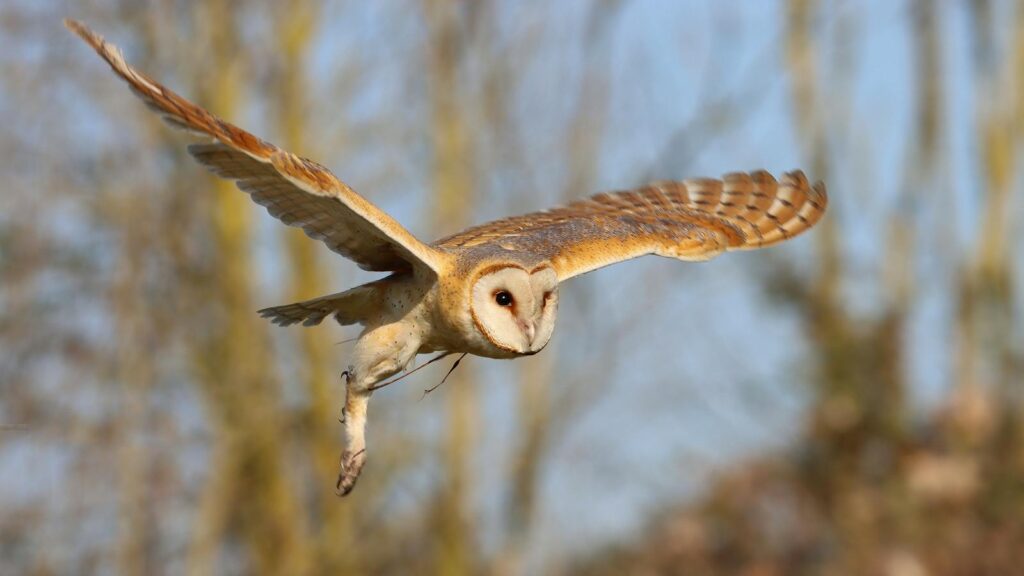
Owls represent nature’s nocturnal hunting specialists, with dietary habits distinctly different from their diurnal counterparts. A typical barn owl consumes 4-6 small rodents nightly, hunting primarily during the first few hours after sunset and again before dawn. Their silent flight, enabled by specialized feather structures, allows them to approach prey undetected in the darkness. Great horned owls, as apex predators in many ecosystems, have remarkably diverse diets, consuming everything from skunks and rabbits to smaller owls and hawks, with adults potentially taking prey weighing up to three times their own weight in a single night. Most owl species swallow prey whole or in large chunks, later regurgitating compact pellets containing fur, feathers, bones, and other indigestible materials—providing researchers valuable information about their specific diets. During winter, when prey may be scarce or hidden beneath snow, owls can enter a state of torpor, dramatically reducing their metabolic rate and daily food requirements.
The Scavengers: Vultures and Condors
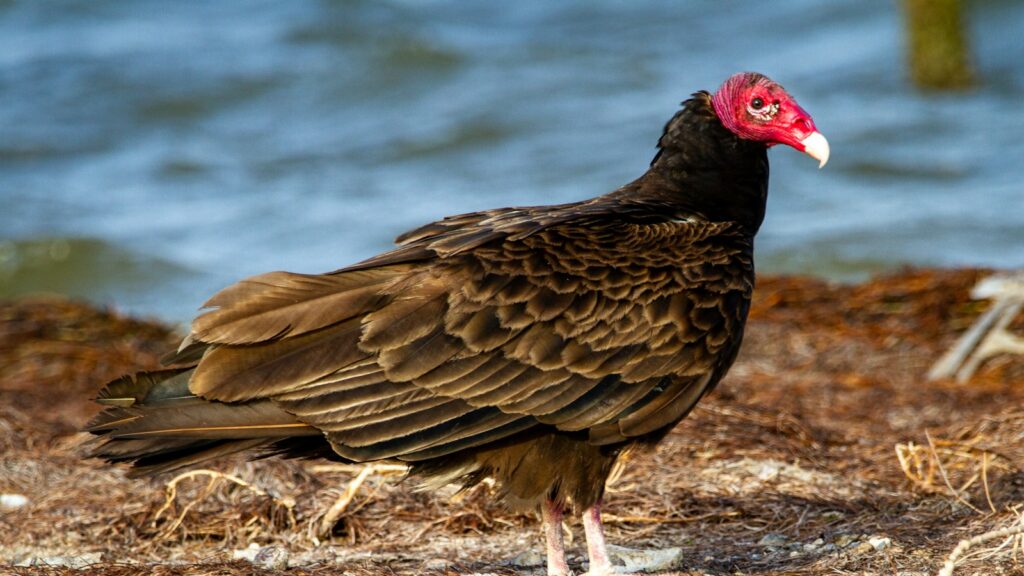
Nature’s clean-up crew, vultures and condors, exhibit feeding patterns radically different from active hunters, focusing instead on carrion. A turkey vulture can consume up to 20% of its body weight in a single feeding—approximately 1-2 pounds of meat—and may then go several days without eating again. These scavengers possess highly acidic stomach environments, with pH levels approaching 1.0, allowing them to safely consume decomposing flesh that would sicken other animals. California condors, with their massive 9.5-foot wingspans, might gorge on up to 3-4 pounds of carrion at once, storing food in their expandable crops for later digestion. Unlike hunting raptors that must expend energy capturing prey, vultures conserve energy by soaring on thermals and focusing on already-dead animals, requiring approximately 5-10% less daily caloric intake than actively hunting birds of similar size.
Seasonal Variations in Raptor Diets

The dietary patterns of birds of prey shift dramatically throughout the year in response to prey availability and changing energy demands. Spring brings increased food consumption for breeding pairs, with some species like bald eagles nearly doubling their intake to support egg production and later, nestling feeding. Summer often sees dietary diversification as adult raptors capitalize on temporary abundance, with red-tailed hawks incorporating more reptiles and Cooper’s hawks targeting fledgling songbirds. Fall migration periods necessitate strategic hyperphagia (overeating) in migratory species like broad-winged hawks, which may increase food intake by 30-40% to build fat reserves. Winter presents perhaps the greatest challenge, with some northern species like rough-legged hawks switching to hunting strategies that conserve energy, taking fewer but larger prey items and sometimes scavenging when hunting proves too energetically expensive in harsh conditions.
The Hunting-to-Eating Ratio: Energy Economics
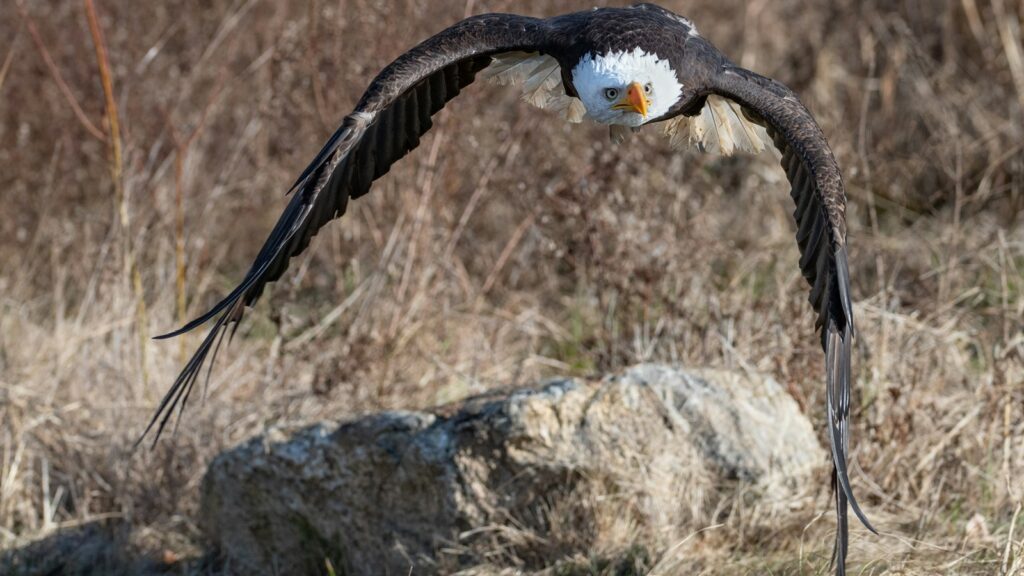
Birds of prey operate under strict energy budgets, with successful individuals mastering the balance between energy expended hunting and calories gained from consumption. A peregrine falcon typically succeeds in only one of every ten hunting attempts, meaning each successful capture must provide sufficient energy to compensate for multiple failed pursuits. Larger eagles may spend 3-4 hours daily hunting but might make only 1-2 captures, with each success needing to yield substantial nutritional returns. Weather conditions dramatically impact this ratio, with windy days potentially doubling the energy required for flight while simultaneously making prey harder to spot and capture. This delicate energy balance explains why many raptors preferentially target prey that offers the optimal combination of caloric content and capture difficulty—a chickadee might be easier to catch than a pigeon, but the energy return makes the more challenging quarry worthwhile for a Cooper’s hawk.
Digestion and Processing: The Raptor’s Efficient System
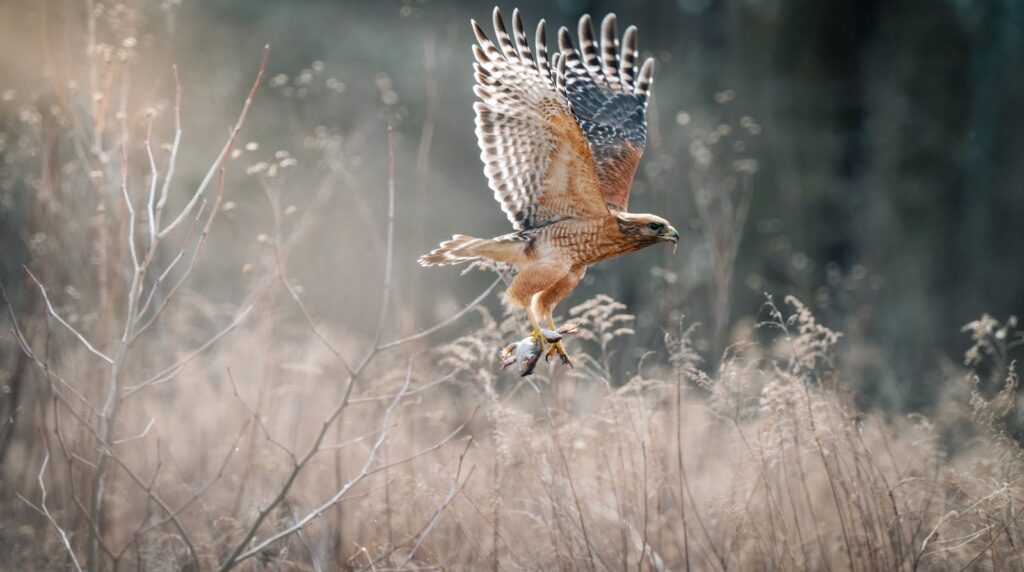
Raptors possess extraordinarily efficient digestive systems that maximize nutrient extraction from their prey. Food moves quickly through a raptor’s crop, which serves primarily as temporary storage, before entering the proventriculus and gizzard where powerful digestive enzymes break down tissue. Most species can completely digest the muscle and organ meat of prey within 4-6 hours, extracting crucial proteins, fats, and micronutrients. The indigestible components—bones, teeth, fur, feathers, and insect exoskeletons—are compacted into pellets in the gizzard and regurgitated approximately 6-12 hours after feeding. This pellet-forming ability allows raptors to consume prey whole or in large chunks, minimizing feeding time when they might be vulnerable to their own predators. Some species, particularly vultures, have adapted to consume bone as well, with specialized digestive acids that can break down even calcium-rich skeletal elements, extracting additional minerals vital for their own bone health.
Feeding the Young: Extraordinary Parental Investment
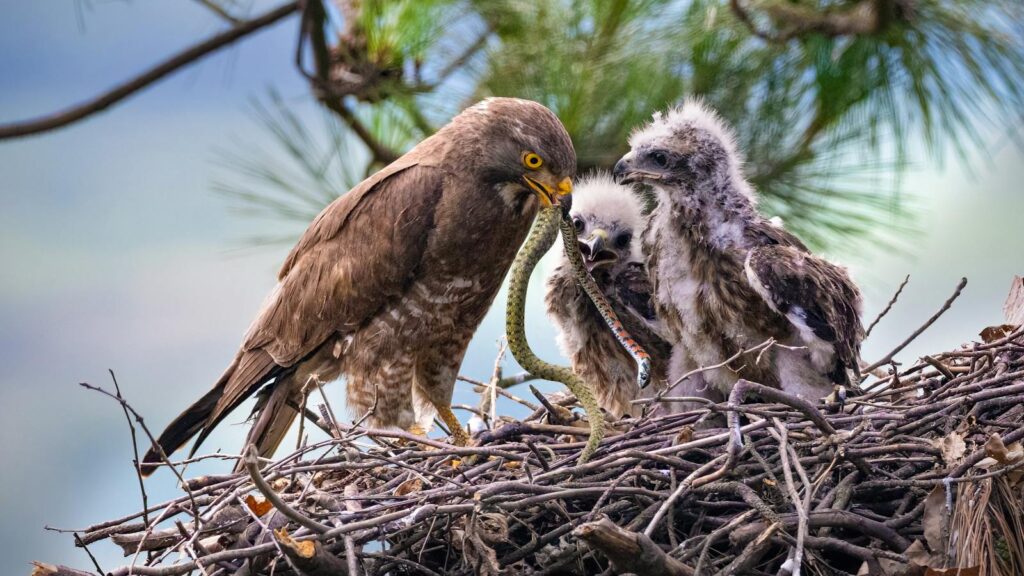
The feeding requirements of growing raptor nestlings create one of the most demanding periods in adult birds’ lives. A pair of red-tailed hawks with three growing chicks might need to supply up to 15 rodents daily during peak nestling development—triple their normal hunting requirements. Eagle parents face even more extraordinary demands, with bald eagle pairs sometimes delivering over 5 pounds of fish daily to satisfy hungry eaglets. The composition of food delivered also changes as nestlings develop, with parents often bringing smaller, softer prey initially, then switching to more substantial items as the young develop. Remarkably, many raptor species show strategic feeding behavior, with females tearing food into appropriately sized pieces for younger nestlings but delivering whole prey to older chicks to develop their own processing skills. This intensive feeding period explains why productive territories with abundant prey are so crucial for successful raptor reproduction, with breeding success often directly correlated to prey density within the hunting range.
Conservation Implications of Raptor Feeding Habits
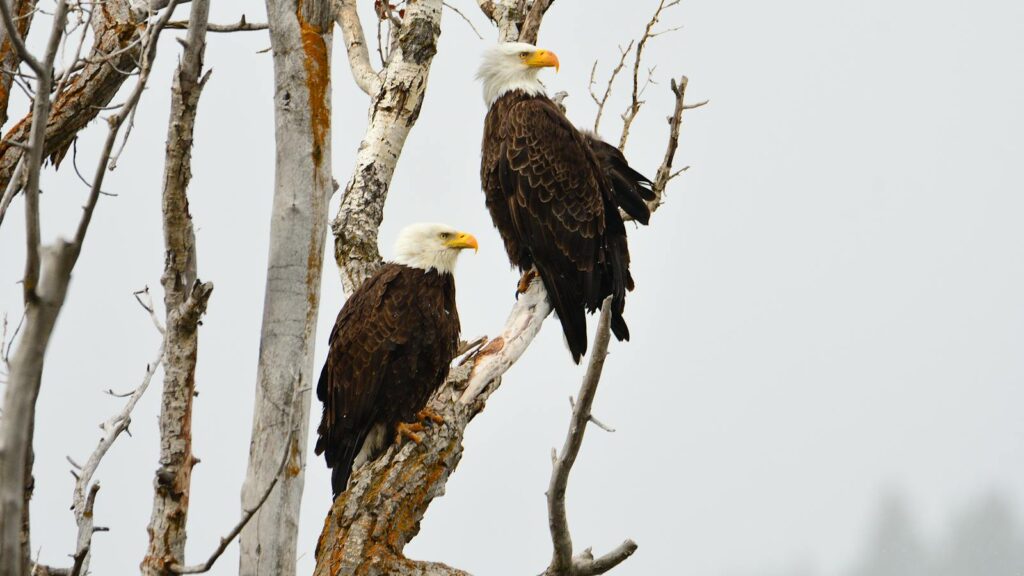
Understanding the daily nutritional requirements of raptors provides crucial insights for conservation efforts worldwide. Habitat protection must consider not only nesting sites but also sufficient hunting territory—a single pair of peregrine falcons may require over 9 square miles of productive habitat to sustain themselves and their young. Reintroduction programs must carefully assess prey base adequacy, as evidenced by early California condor recovery efforts that were challenged by insufficient carrion resources in release areas. The biomagnification of environmental toxins presents particular challenges for these top predators, with compounds like rodenticides or heavy metals accumulating in prey and concentrating in raptor tissues—a bald eagle consuming fish from contaminated waters might ingest toxins from dozens of individual prey animals daily. Climate change introduces additional complexities, potentially altering prey availability and distribution, which could force dietary shifts or range adjustments for highly specialized feeding guilds like fish eagles or kestrels.
Conclusion
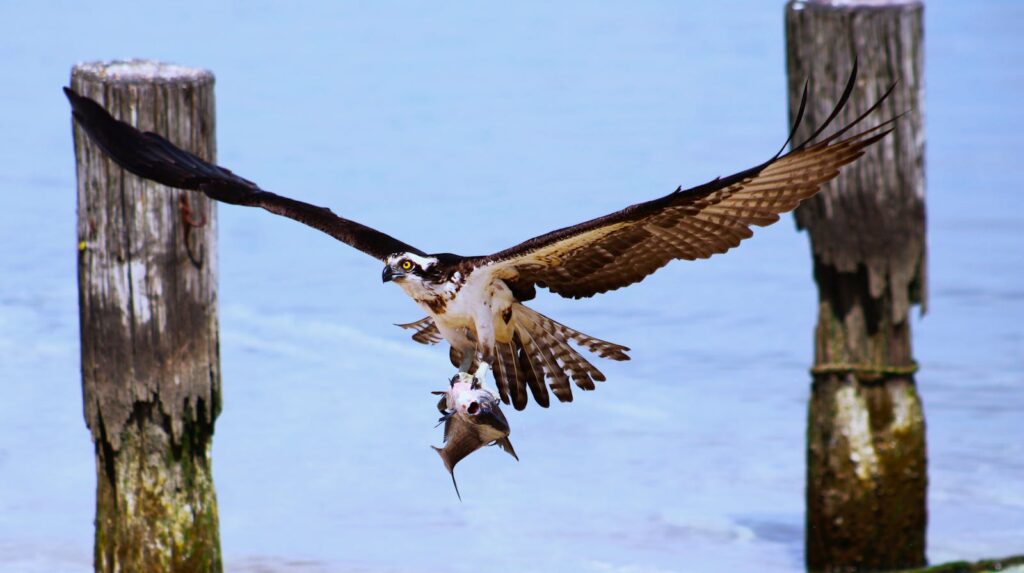
The daily feeding habits of birds of prey reveal a fascinating intersection of evolutionary adaptation, ecological role, and survival necessity. From the osprey’s perfect fishing dive to the owl’s silent nocturnal hunt, each species has developed specialized techniques and physiological systems to meet their substantial energy demands. These dietary requirements—whether satisfied through active hunting or scavenging—influence everything from territory size to reproductive success. As we continue to share our increasingly human-dominated landscapes with these magnificent birds, understanding their nutritional needs becomes essential for effective conservation. The next time you glimpse a hawk soaring overhead or hear an owl calling at dusk, consider the remarkable feeding biology that powers their wild lives—the constant search for nourishment that keeps these aerial predators ruling the skies, one meal at a time.
